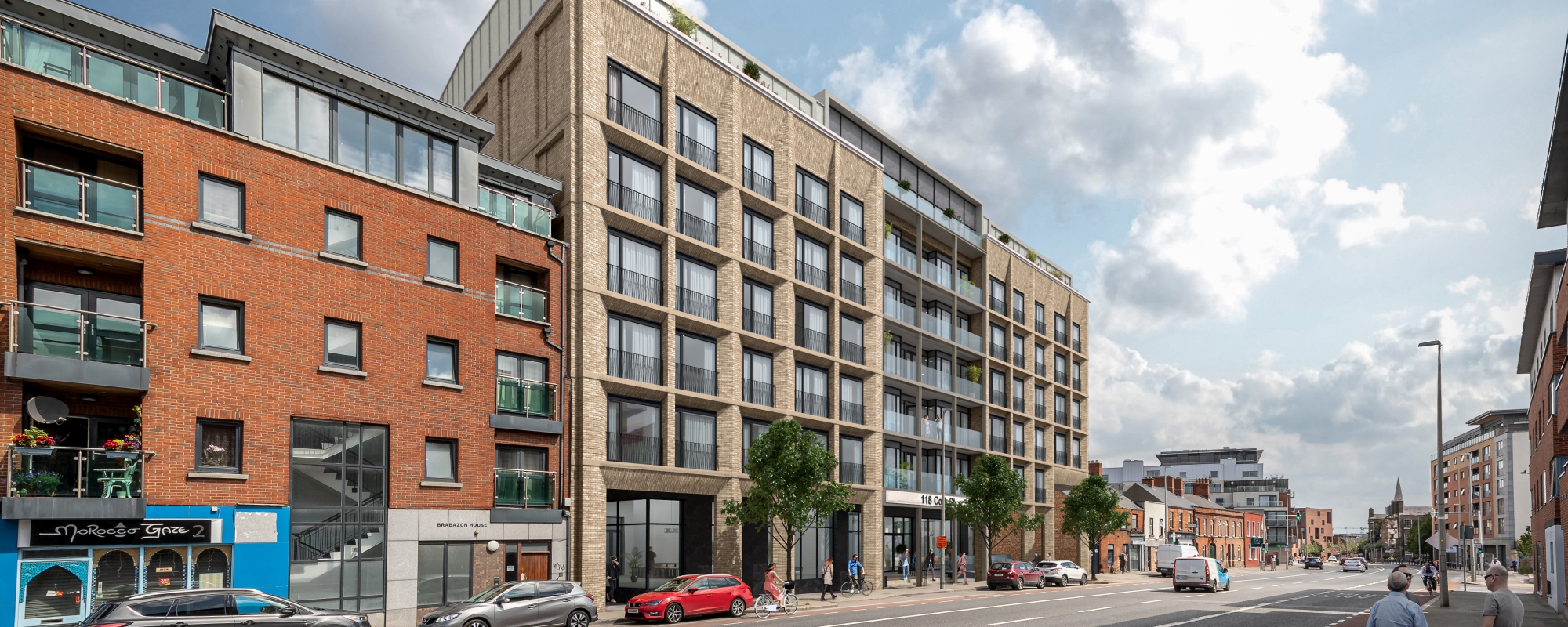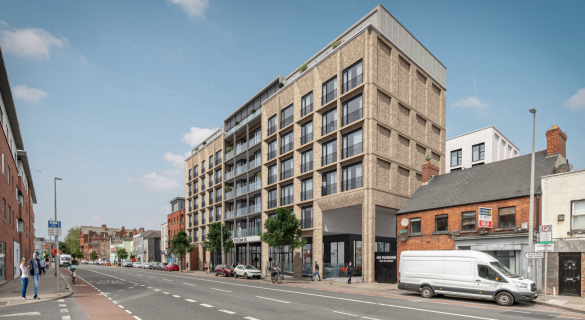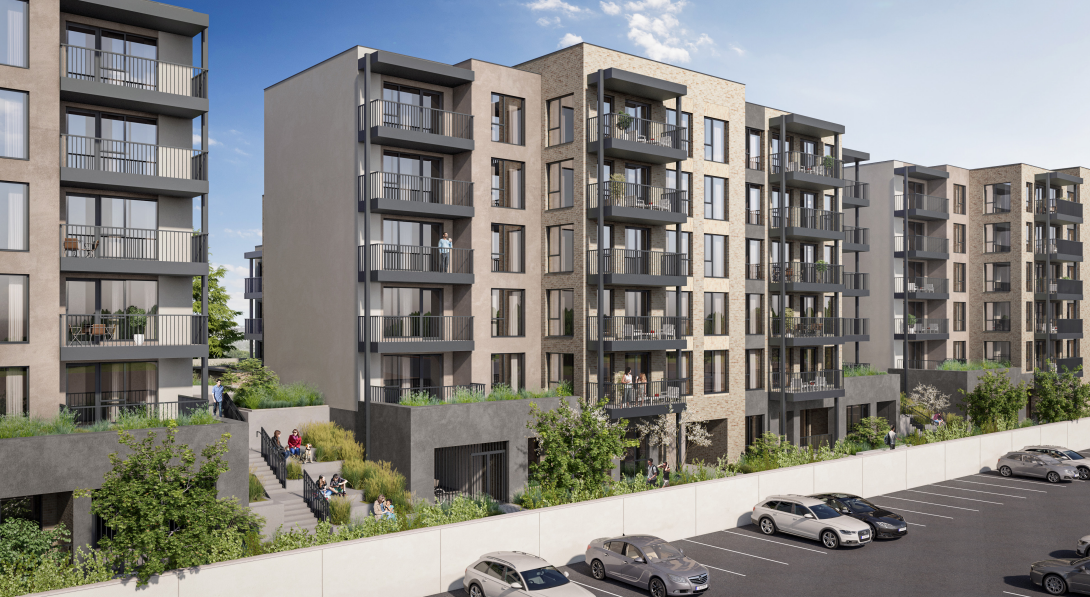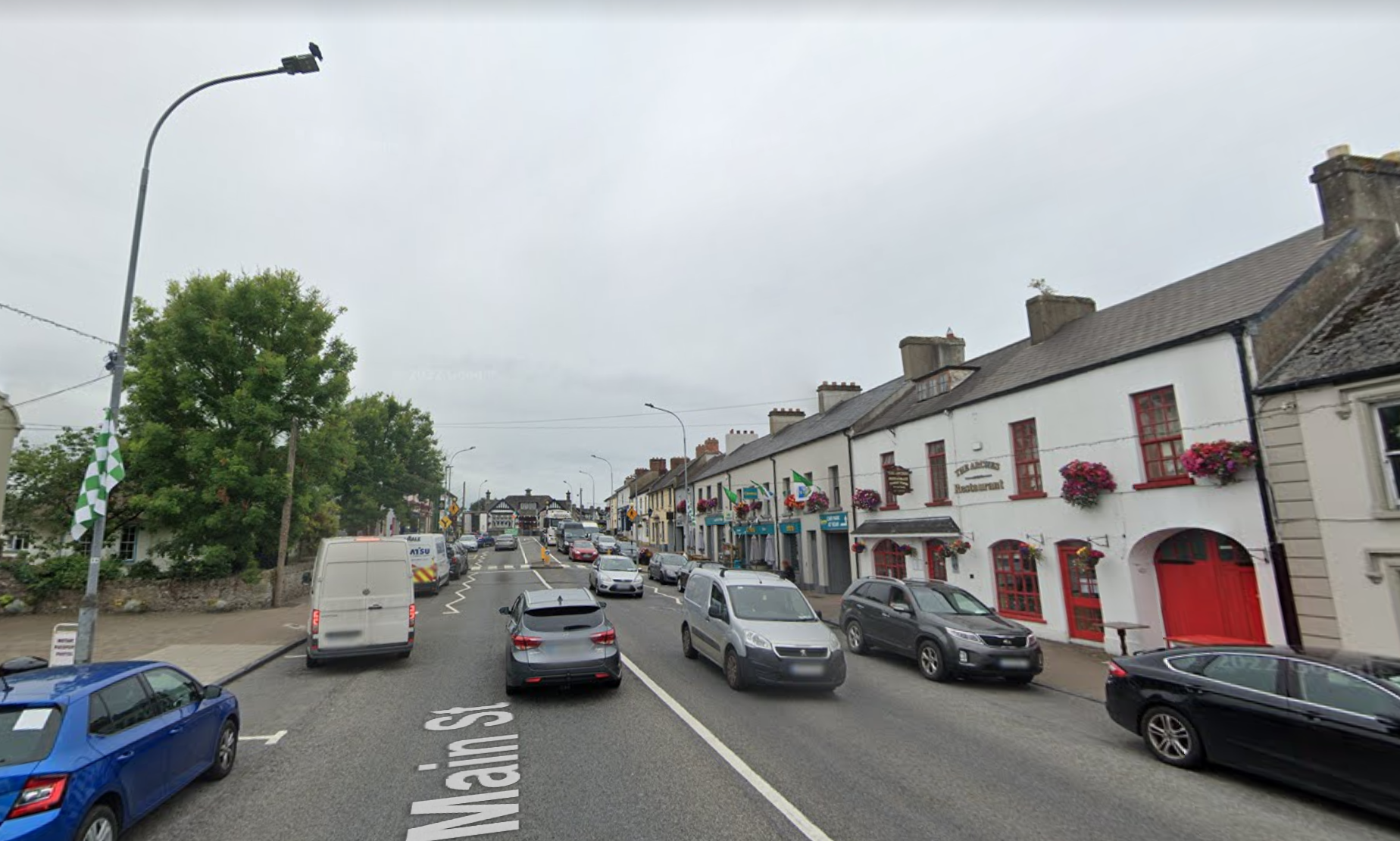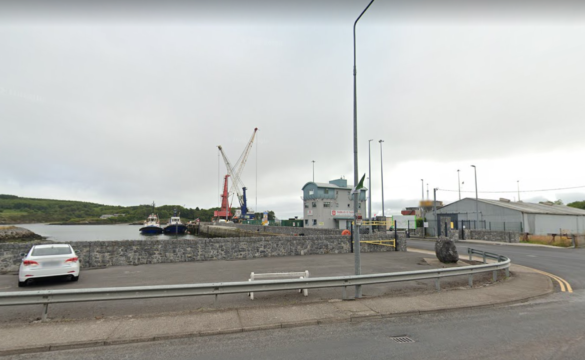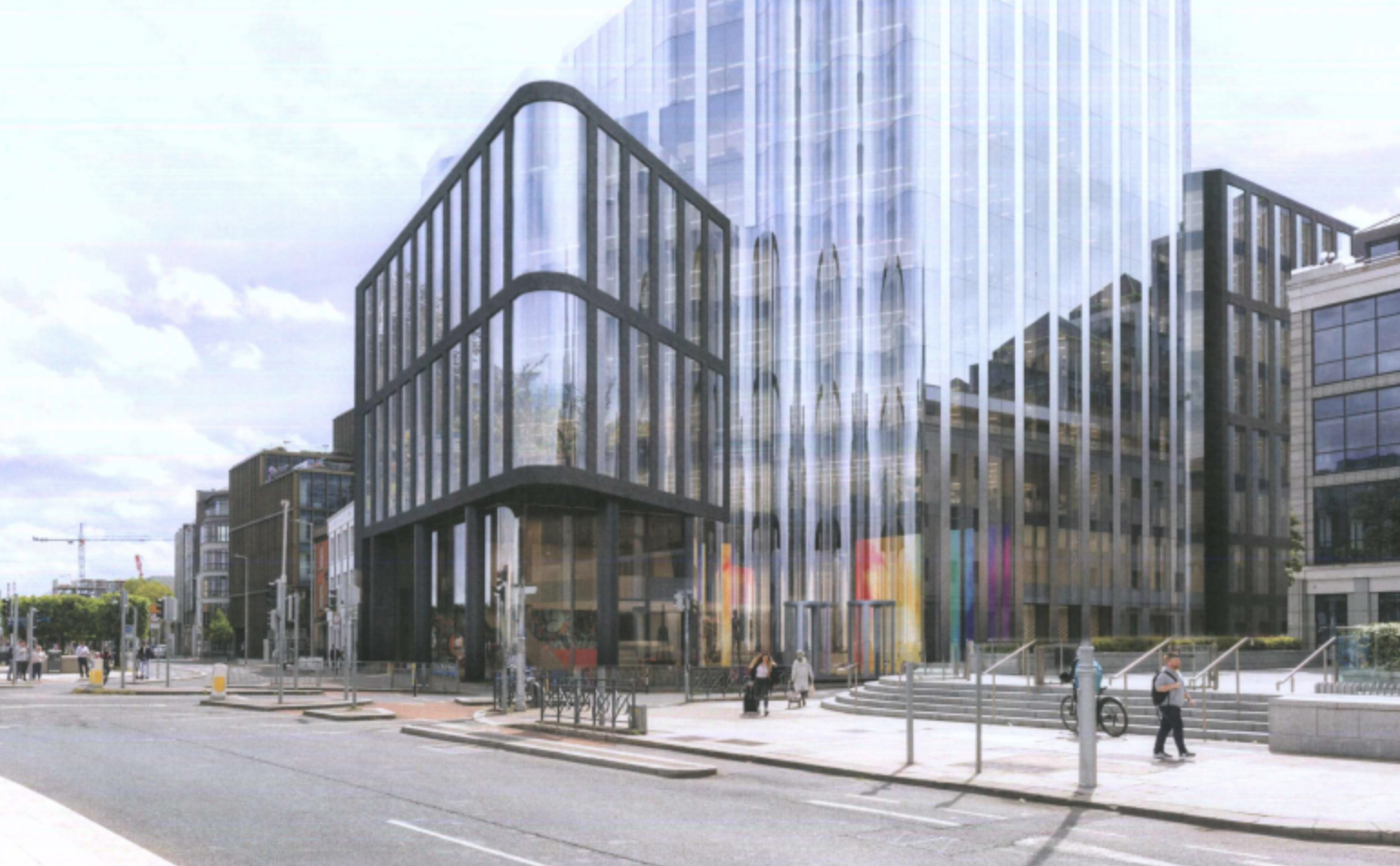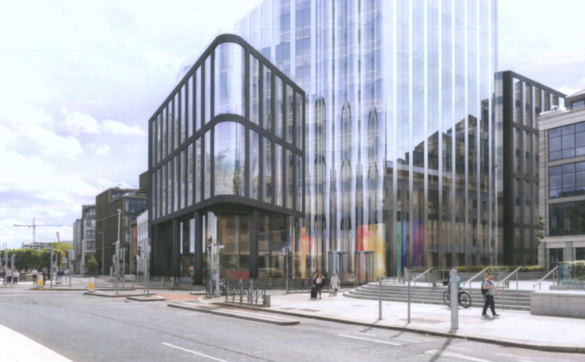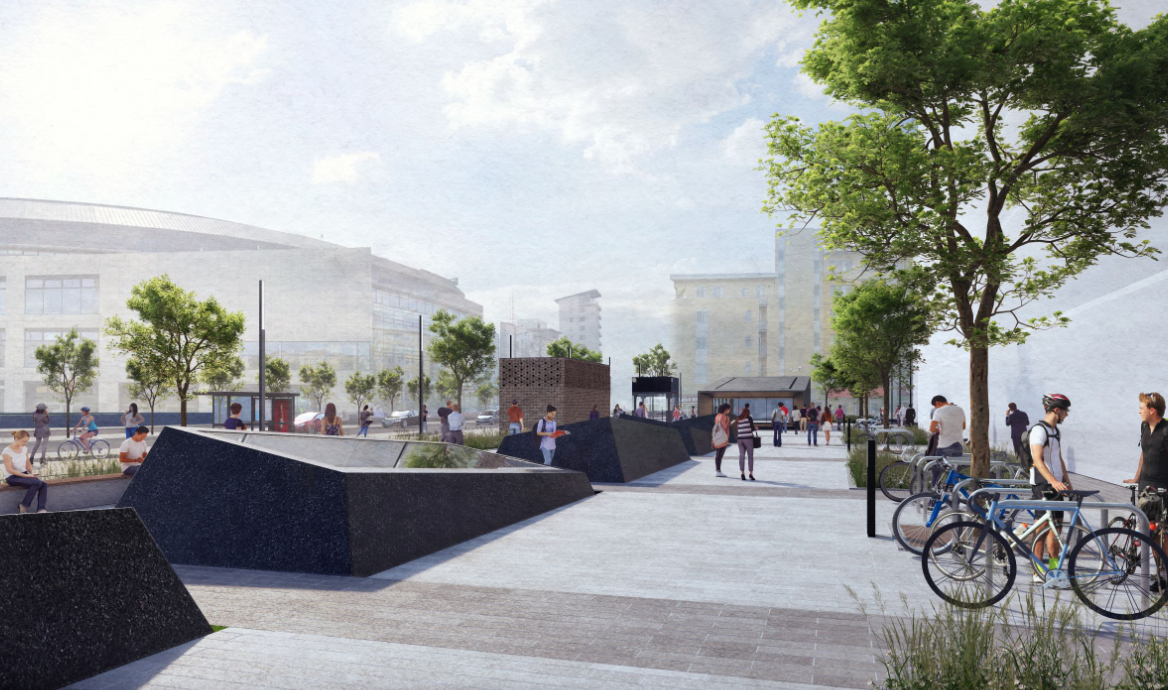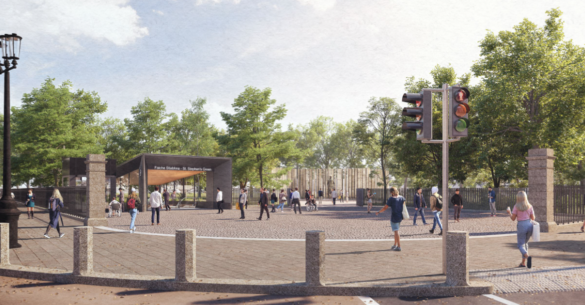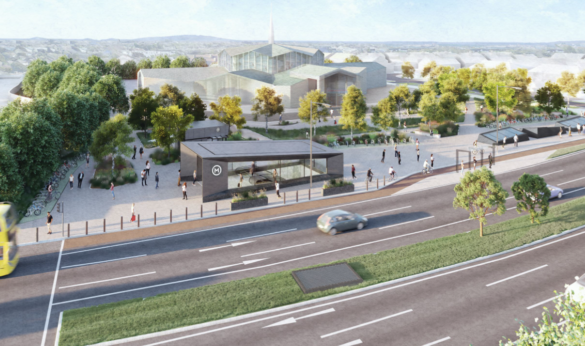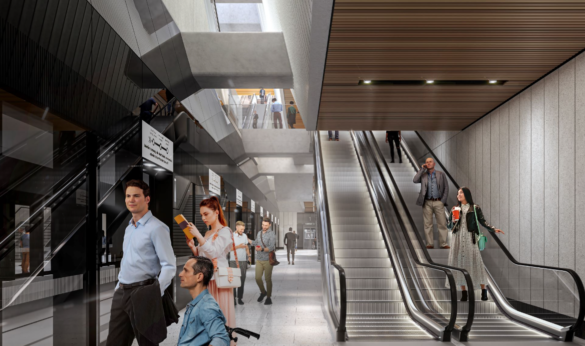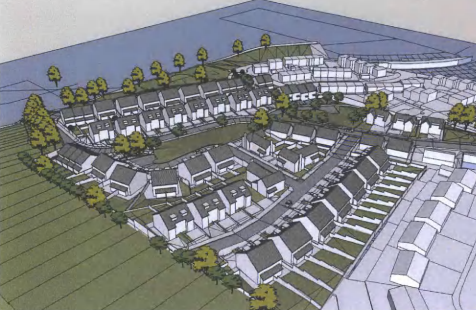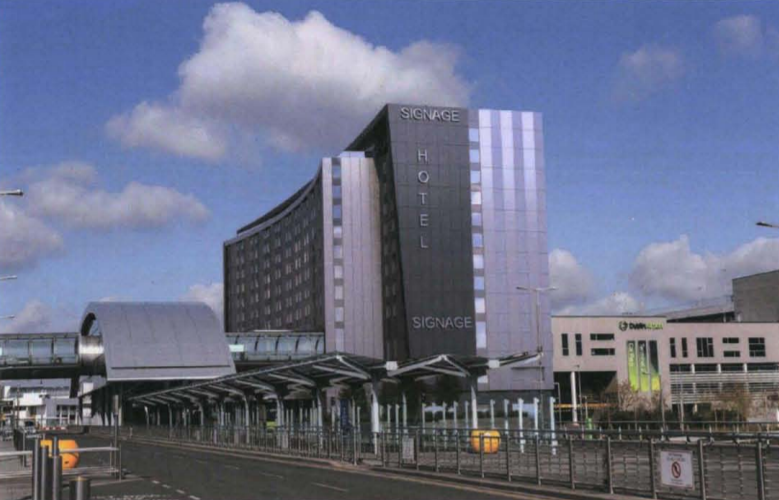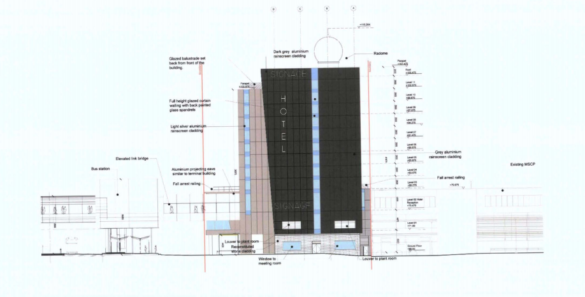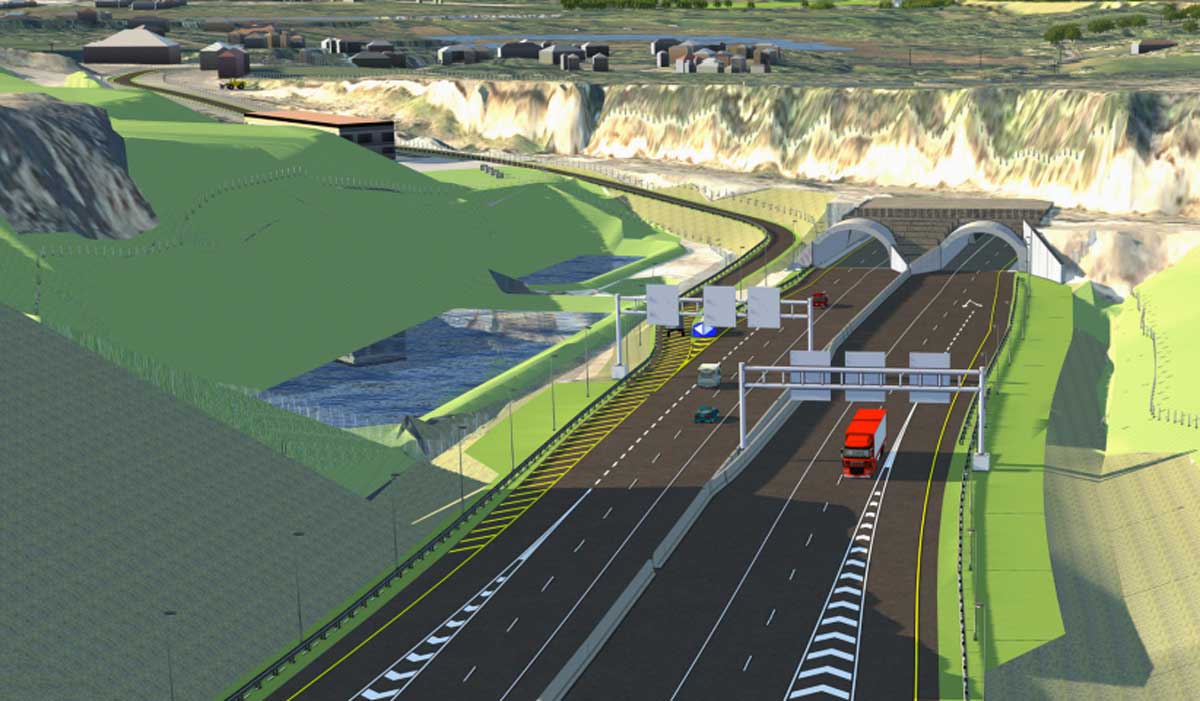The Department of Education confirmed that the construction of 20 large school buildings is set to commence in 2022 and 2023.
The project will see 12 new builds and eight extensions for schools across eight counties, securing in excess of 14,000 permanent school places.
The majority of projects will take place in post-primary schools in preparation for peak enrolment numbers in 2024/25.
All builds are based in areas that have seen significant population growth over the last number of years, including Co Wicklow, Co Kilkenny and Co Westmeath.
Minister for Education Norma Foley TD confirmed that the first phase of the process has concluded with five design and build (D&B) contractors selected for the task.
Overseen by the National Development Finance Agency (NDFA), the 20 school building projects will be delivered in three distinct bundles: Project Nore, Project Boyne and Project Dargle.
Subject to planning permissions, it is hoped that all three schemes will proceed to tender and ultimately construction throughout 2022 and 2023.
“The rollout of these projects to tender and construction is an important aspect of the Department’s overall delivery under the Government’s National Development Plan 2021 to 2030,” Minister Foley said.
“They will assist in delivering on the provision of modern and sustainable infrastructure for the schools sector.”
She acknowledged the work from school, communities, the NDFA and other stakeholders in driving forward this major programme.
Keeping in line with pledges made in the National Development Plan 2021 to 2030, the upcoming projects will oversee the construction of over 50 special classrooms.
It also includes new and modern facilities for 22 classrooms in two special schools.
“I am pleased that this programme will provide significant additional provision for children with special education needs at post-primary level and in special schools,” Minister of State for Special Education and Inclusion Josepha Madigan said.
“This will be an important feature for post-primary school projects generally given the need to enhance our capacity to deliver provision for children with special educational needs at post-primary level.”
A list of the 20 projects can be read below.
Carlow:
New build replacement school for Presentation De La Salle in Bagnelstown. It is projected to enrol 750 students after project completion and will include two special needs classrooms.
Kildare:
A new build replacement school for St. Mark’s Special School in Newbridge, including 14 classrooms.
New build replacement school for Patrician Post Primary in Newbridge, including four classrooms for children with special educational needs. It is projected to enrol 1,000 students.
An extension and refurbishment to Cross & Passion, Kilcullen, including four classrooms for children with special educational needs. It is projected to enrol 1,000 students.
New build replacement school for St Mary’s Girls’ Post Primary in Naas including four classrooms for children with special needs. It is projected to enrol 1,000 students.
Kilkenny:
New build replacement school for Kilkenny CBS, including two classrooms for children with special educational needs. It is projected to enrol 1,000 students.
New build replacement school for Presentation Secondary School, including two classrooms for children with special educational needs. It is projected to enrol 1,000 students.
New build replacement school for St. Canice’s N.S, including 24 classrooms with two for children with special educational needs.
Meath:
New build replacement school for Franciscan College in Gormanstown, including four classrooms for children with special educational needs.
Tipperary:
New build replacement school for Gaelscoil Charraig Na Siuire with eight classrooms.
Westmeath:
An extension and refurbishment of St. Finian’s, Mullingar, including two classrooms for children with special educational needs. It is projected to enrol 1,000 students.
A new build of eight classrooms for St. Mary’s Special School, Mullingar to facilitate the transfer of existing school from Delvin to Mullingar.
An extension and refurbishment of St. Joseph’s Secondary School in Rochfortbridge, including four classrooms for children with special educational needs. It is projected to enrol 1,000 students.
An extension and refurbishment of Castlepollard Community College, including two classrooms for children with special educational needs. It is projected to enrol 350 students.
An extension to Moate Community School, including four classrooms for children with special educational needs. It is projected to enrol 1,000 students.
Wicklow:
An extension to Coláiste Chraobh Abhann in Kilcoole, including four classrooms for children with special educational needs. It is projected to enrol 1,000 students.
An extension to St Kevin’s Community College including four classrooms for children with special educational needs. It is projected to enrol 1,000 students.
An extension & refurbishment of Wicklow Avondale Community College in Rathdrum including four classrooms for children with special educational needs. It is projected to enrol 1,000 students.
New build replacement school for Arklow CBS which includes two new classrooms for children with special educational needs. It is projected to enrol 500 students.
New build replacement school for Coláiste Bhríde in Carnew including four classrooms for children with special educational needs. It is projected to enrol 1,000 students.
